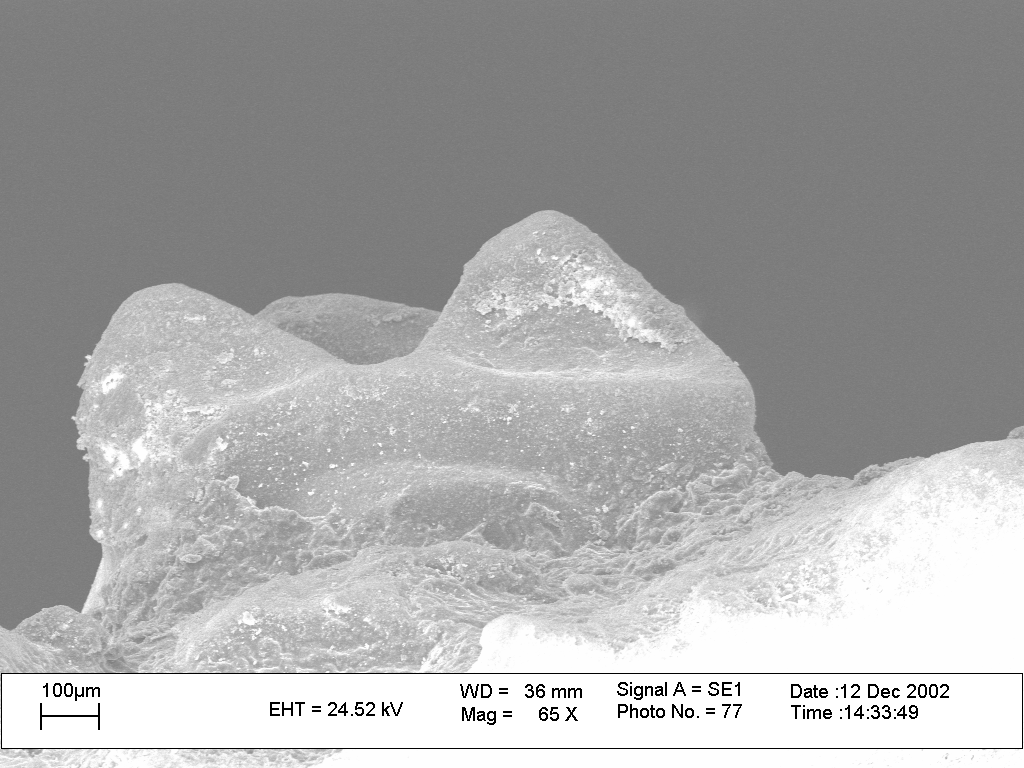Nancy B. Simmons, Gregg F. Gunnell, and Nicolas J. Czaplewski Phyllostomids arguably are the most ecologically diverse family of extant mammals, and the pattern, tempo, and mode of their evolution is of great interest to biologists. While modern molecular phylogenetic studies can provide a framework for understanding relationships of phyllostomids to one another and their close relatives, it is only the fossil record that can provide calibration points for reconstructing the temporal pattern of diversification. Additionally, the fossil record can facilitate synthetic understanding of patterns of morphological change over time. The fossil record of Phyllostomidae definitely extends to the early Miocene (~ 21-19 Ma) of Panama, and may extend as far back as the late middle Eocene (~41 Ma) of Peru, but it is surprisingly incomplete before the Pleistocene. Crown group members of the extant subfamilies Phyllostominae and Lonchophyllinae are known from Miocene localities in the Neotropics. Most Miocene phyllostomids exhibit dental morphology and body sizes suggesting that they were insectivores, but some may have been at least partially carnivorous or omnivorous, indicating that ecological diversification in the family was well underway in the Miocene. Large numbers of phyllostomid fossils are known from Pleistocene and Holocene deposits in Central America, South America, and the Caribbean, but no Late Miocene or Pliocene fossil phyllostomids are known, hence there is a ~10 million year gap in the fossil record. There are relatively few documented extinctions in the group, but those that are known disproportionally seem to have affected Antillean taxa and vampire bats (Desmodontinae). It is not yet clear if these represent real patterns or are a result of paucity of the fossil record for Phyllostomidae.
0 Comments
Leave a Reply. |
Meet the editors!
Theodore H. Fleming, Liliana M. Dávalos, & Marco A. R. Mello Keywords
All
|

